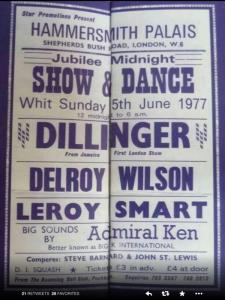Good morning, Clash-o-philes, and other readers, and a special welcome to folks tuning in this week from Indonesia, Poland, Israel and Italy.
It’s been ages since I read academic writing, even in its most accessible form, but I’m quite enjoying PFMB by Barry Shank. So far, it’s smart, well-written, and it’s clarified anew for me why my affinities in punk lean toward the east side of the Atlantic. (I’ll get after the argument once I’ve read a bit more.) After a brief bit on the virtues of Bad Brains, he notes how, in American punk circa 1980, “masculine competitiveness … turned inward as the form of authenticity” and, in turn, “demanded an ever greater purity from each person” (p. 6).
That ideal of purity, then, made demands on taste, corporeality, consumption, and the rest. Sure, the straight-edge scene had its virtues and included female-bodied folk, but US hardcore punk largely purified itself as a white masculine domain, free of the influence of black musical forebears (and black fans, female fans, and black female fans, too). The Clash, at Mick Jones’ behest through Sandinista! and Combat Rock, and with Big Audio Dynamite, found a hybrid route that was much more open-ended, and much more akin to the indie Americana scene emerging alongside (and then eclipsing) American hardcore. As Shank notes, “Where hardcore’s authenticity retained a vigorous individualism … indie instilled incompleteness, contradiction, and an insatiable hunger for constantly deferred meaning” (p. 7). Thank goodness for that–even it did mean some really terrible hat choices.
Have a great week, and tune into @stealingclash for more info on the October 2014 release of Stealing All Transmissions.



